This is one in a series of posts on the Sony alpha 7 R Mark IV (aka a7RIV). You should be able to find all the posts about that camera in the Category List on the right sidebar, below the Articles widget. There’s a drop-down menu there that you can use to get to all the posts in this series; just look for “A7RIV”.
In the previous post, I showed image of my bookcase made with the Sony a7RIII and a7RIV cameras an the Zeiss Batis 135 mm f/2.8 lens. The images were made at the same exposure settings, all about 5 stops underexposed.
- ISO 100, f/5.6, 1/25 second
- ISO 200, f/5.6, 1/50 second
- ISO 400, f/5.6, 1/100 second
- ISO 800, f/5.6, 1/200 second
- ISO 1600, f/5.6, 1/400 second
- ISO 3200, f/5.6, 1/800 second
Here’s the overall scene:
I developed the images in Lightroom, with Adobe Standard profile, white balance to the book spine to the left of the Wayne Thiebaud book, a + 5 stop push using the exposure slider, noise reduction turned off, sharpening turned off, and the rest at default. Here are same field of view crops at about 200% — a bit more for the a7RIII images, which have lower resolution.
[The images below were developed using a beta a7RIV profile in Lightroom, because the release version was not yet available. If you want to see them with the release version of Adobe Color Profile, look here.]
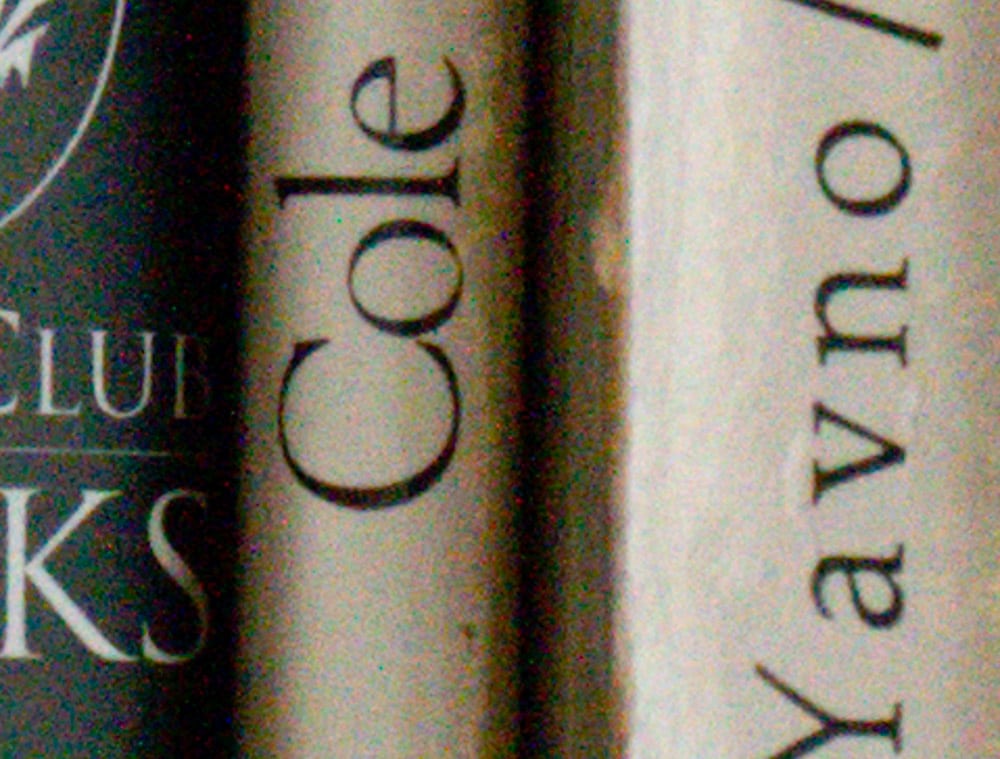
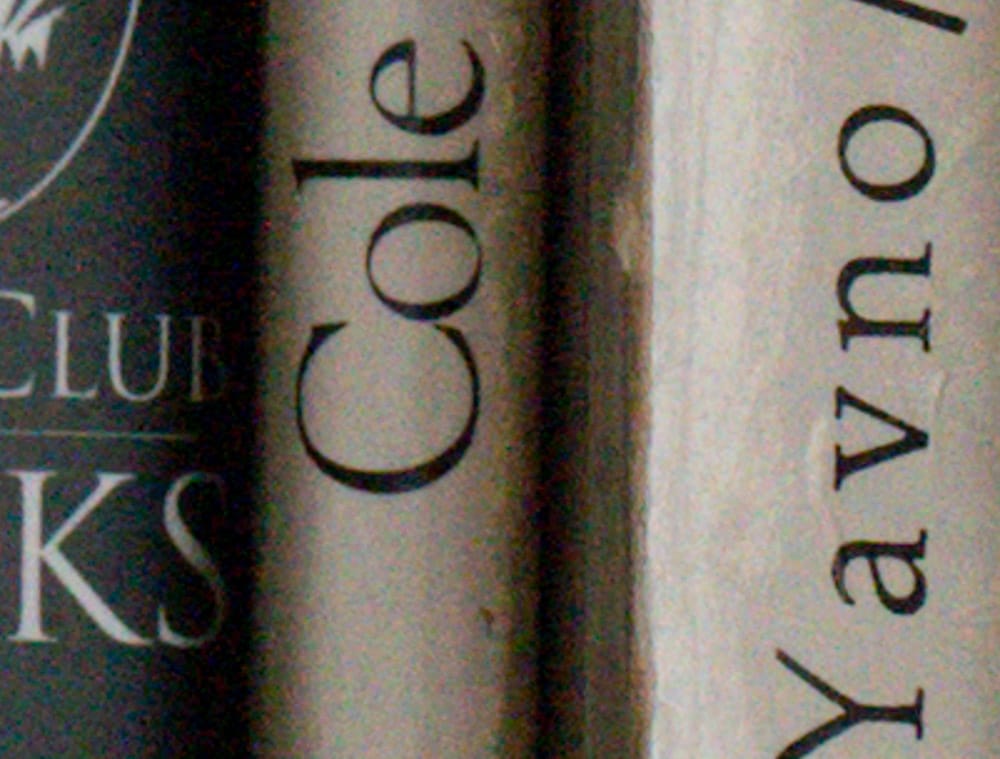
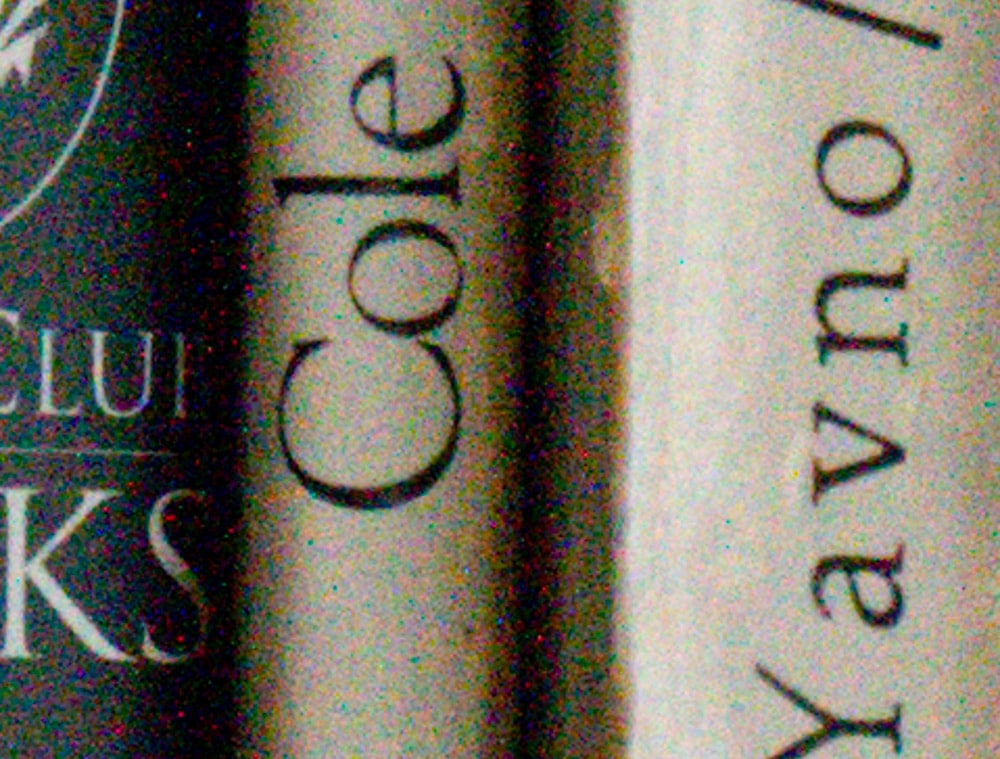
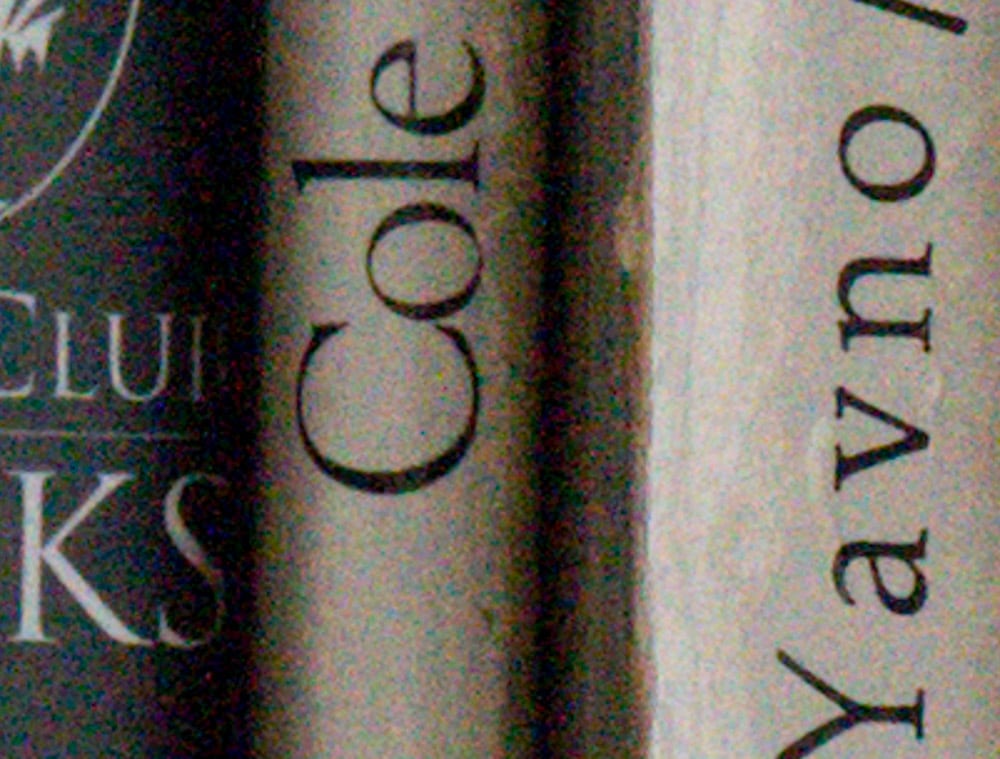
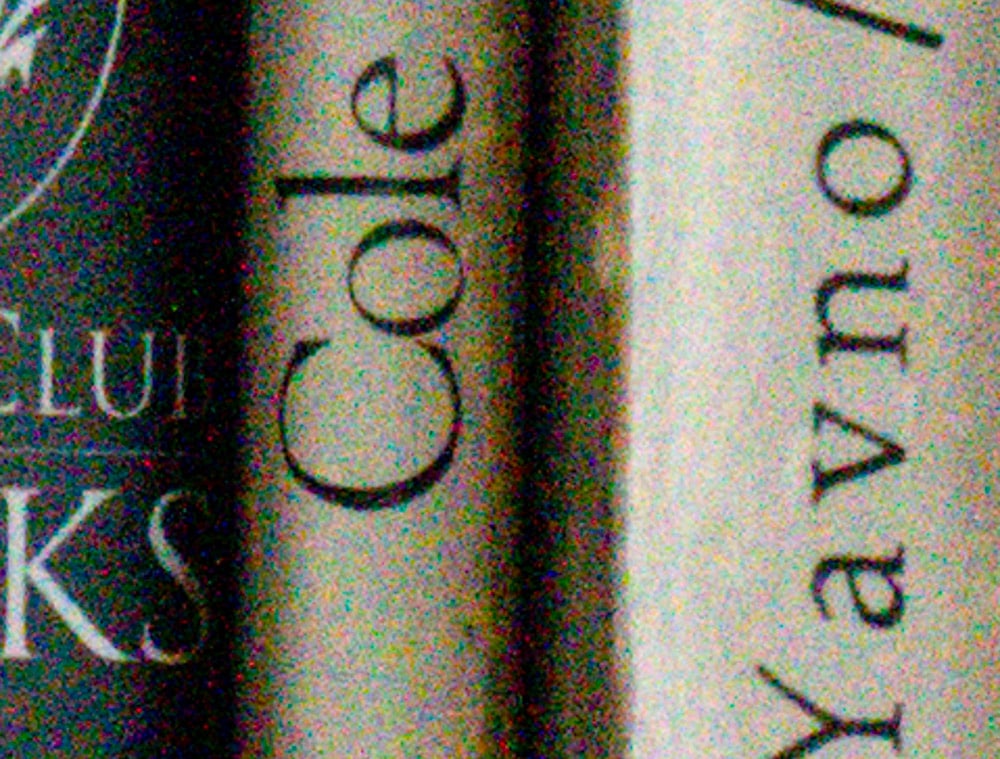
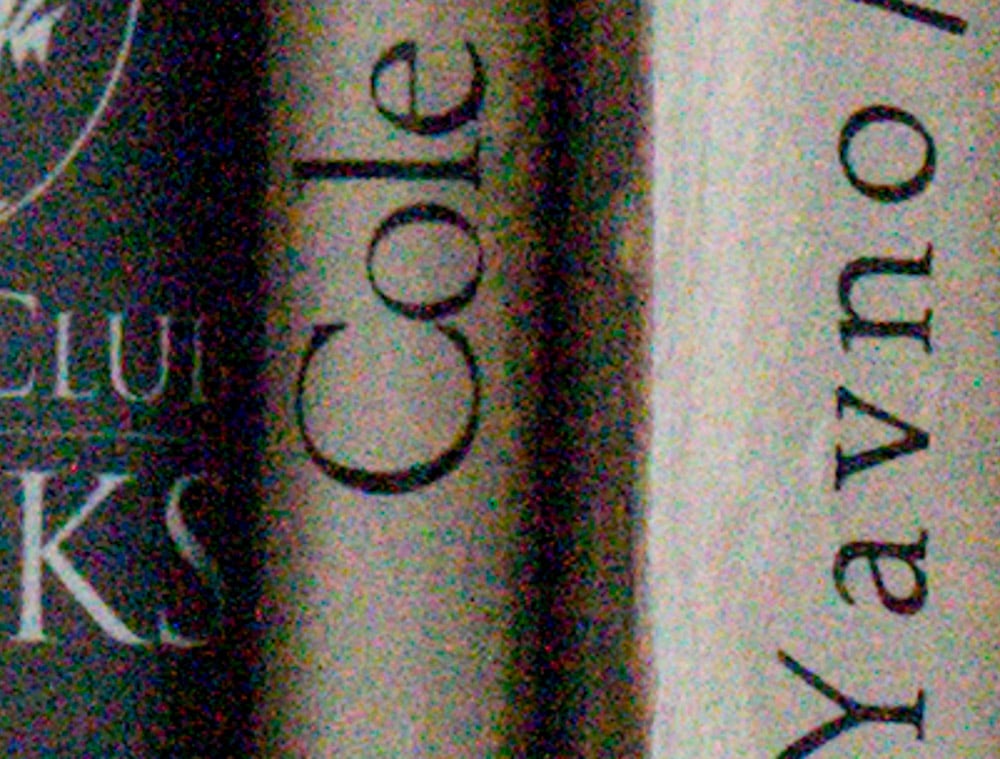
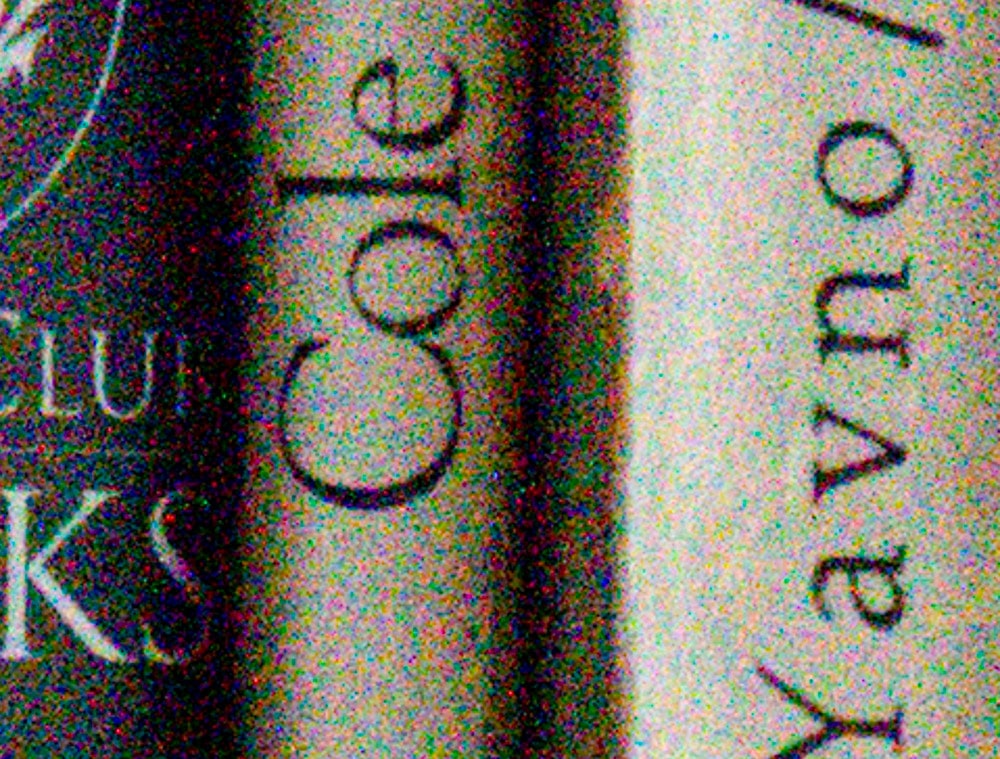
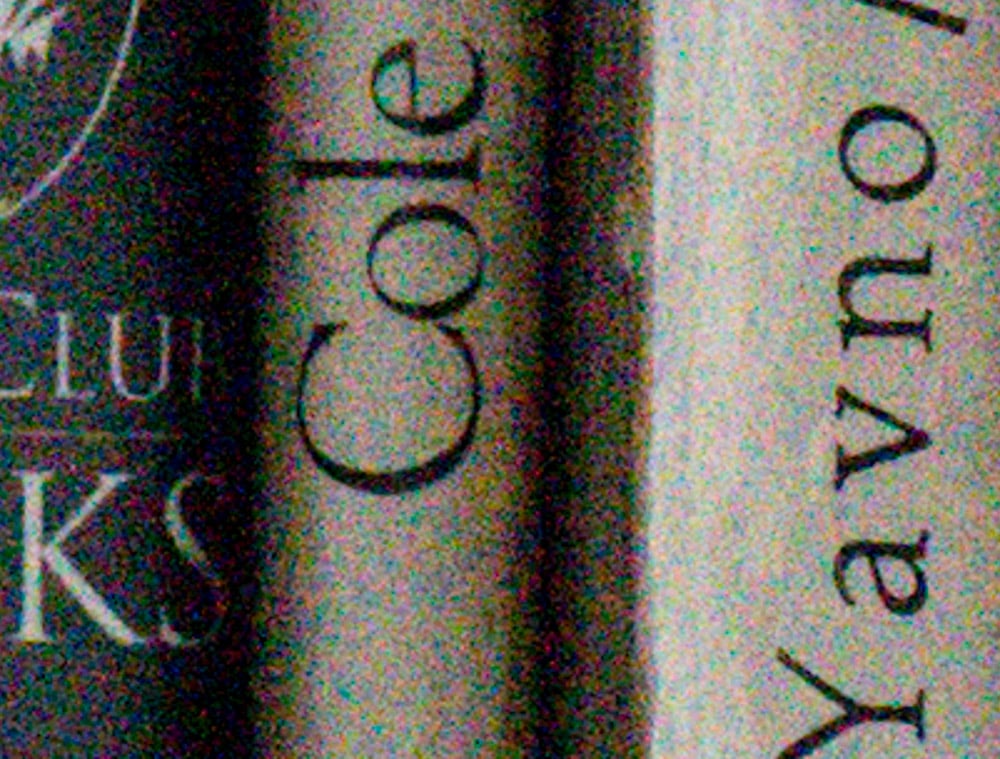
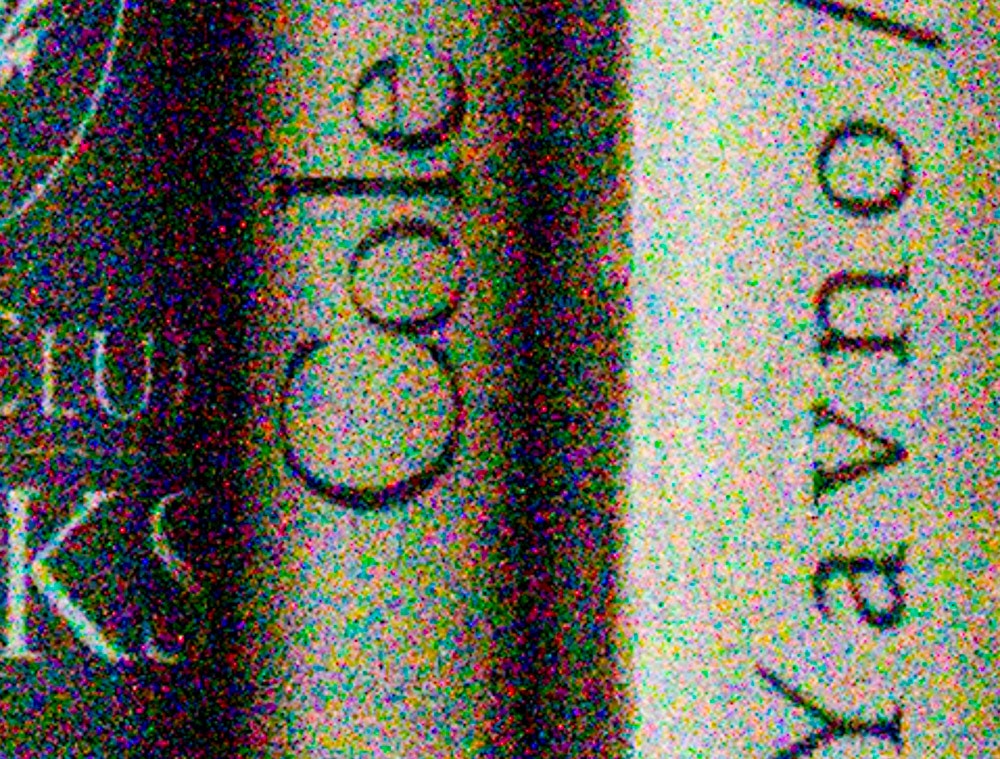
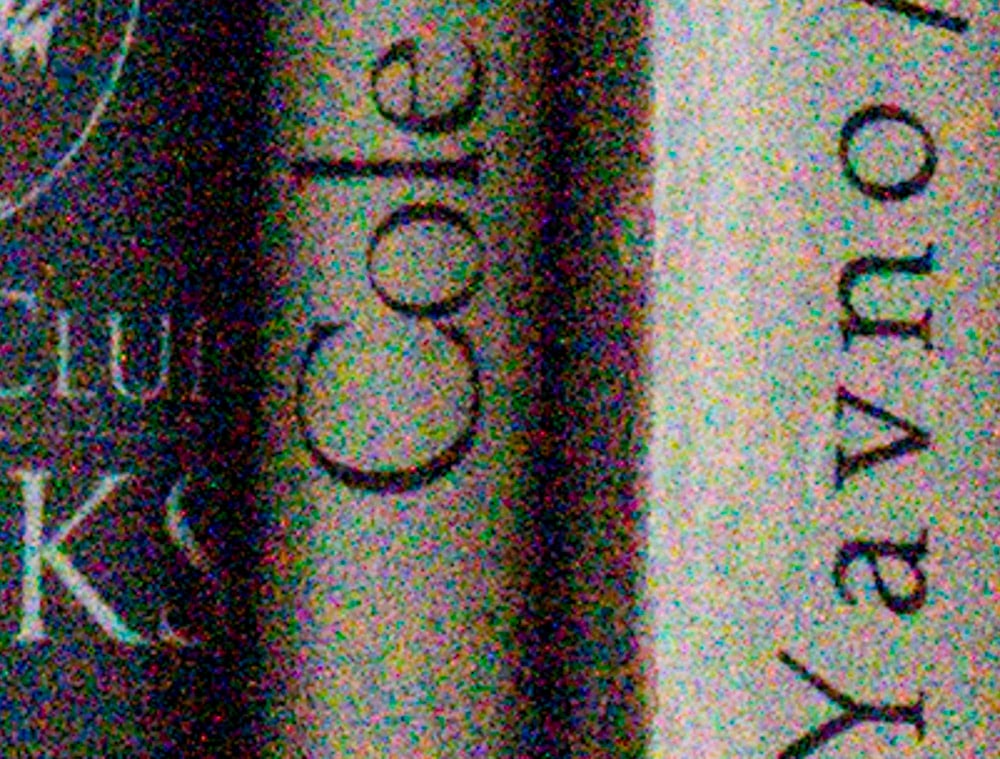
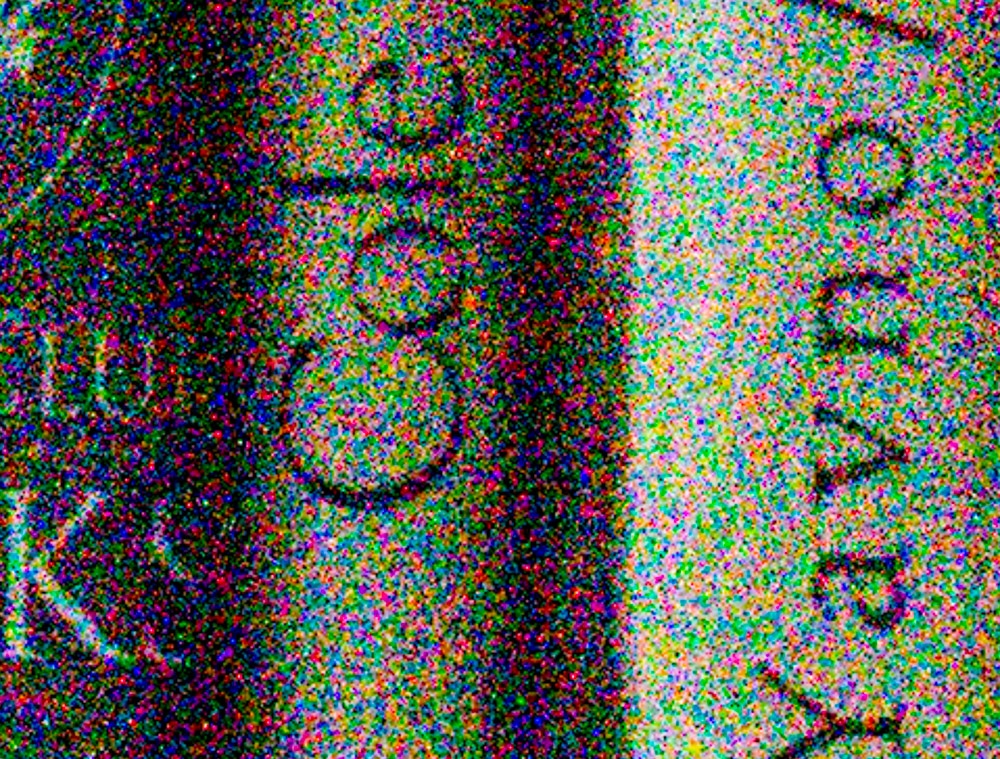
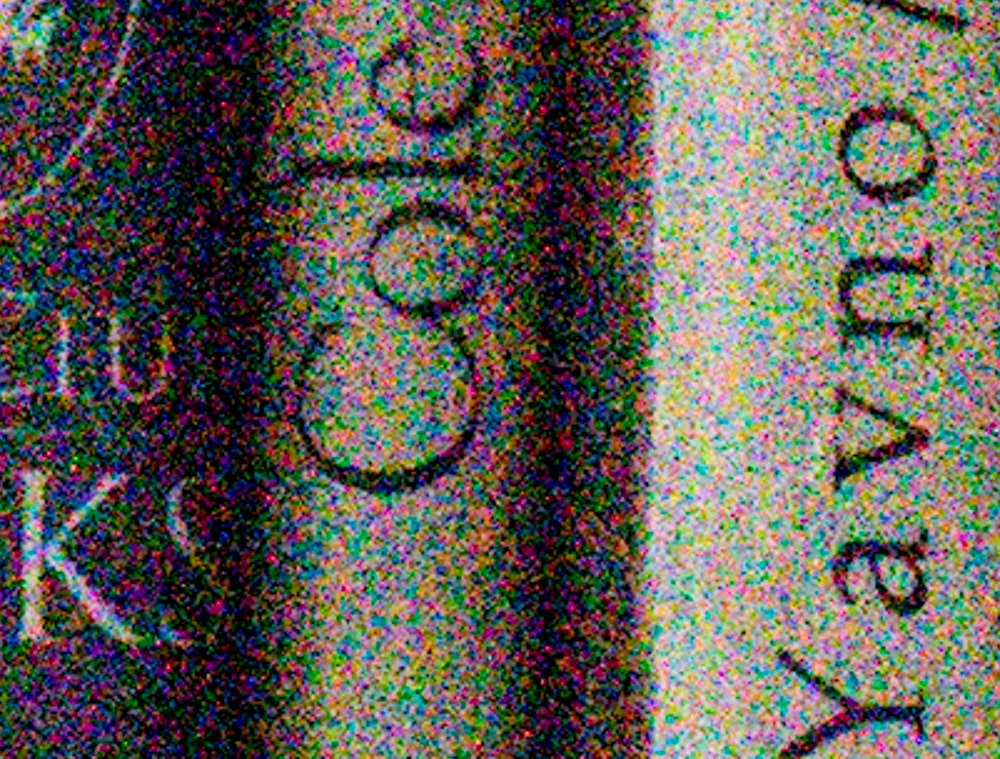
I draw the same conclusions from these visuals as I did from the graphs I posted earlier: the a7RIV has only small advantage in shadow noise at a few ISO settings, a disadvantage at some, and the differences are not consequential to normal photography.
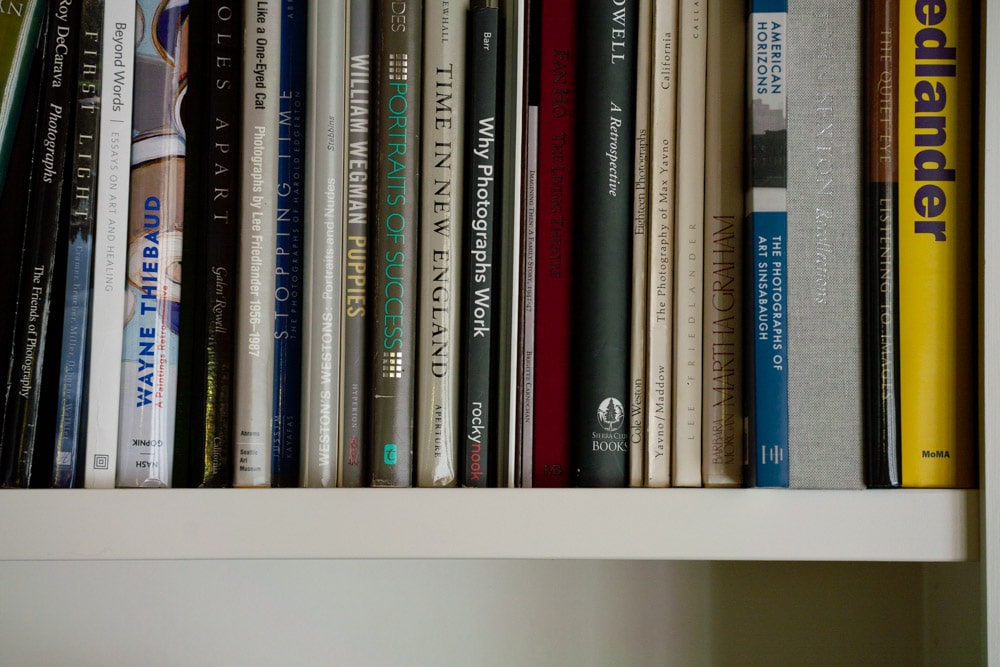
[…] a previous post, I showed image of my bookcase made with the Sony a7RIII and a7RIV cameras an the Zeiss Batis 135 […]